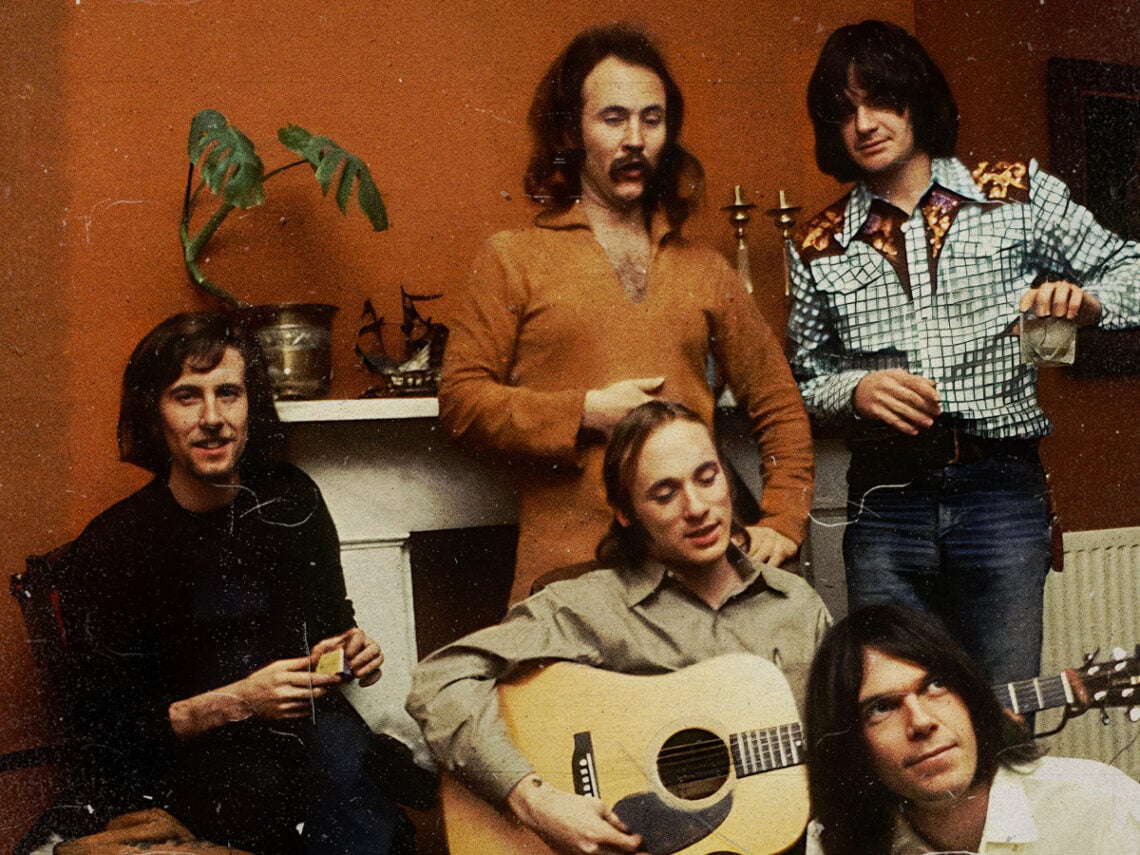
(Credits: Far Out / Alamy)
Sat 20 September 2025 18:30, UK
At the age of 25, Neil Young’s recognisable personality traits—blunt, cynical, uncompromising, dryly funny—were already firmly established in his interactions with the media.
He was absolutely understood to be a solo artist even during his days with Buffalo Springfield and Crosby, Stills, Nash & Young—not just because he butted heads creatively with his bandmates, but because he directly identified himself as such.
“I never wanted to be in a group,” he told the Times and Transcript newspaper in New Brunswick, Canada, in 1970. “I came out here [to Los Angeles] to make it as a single and all of a sudden I was in this group.”
That group was the Buffalo Springfield, led by Stephen Stills, and Young freely acknowledged that it was a mighty good band at that. Things moved very quickly in the timeline of late ‘60s rock, however, and disillusionment usually seemed to set in after a few months, no matter how strong your group was or how well you initially got along. Drugs were certainly a factor; romantic feuds, too. But as young Neil saw it, every rock band was essentially on the same life cycle, and materialism and trendiness were the real pitfalls.
“Groups are always changing, breaking up, going through all kinds of last farewell appearances,” Young said. “What they do first is they get very funky and everybody really likes them. Then they go down to Hollywood and buy a whole bunch of clothes because everybody likes them and they made a little bit of money. Finally, they’re right in there with all the other groups— they look like all the other groups and they’ve got all the stuff. . . . And then eventually nobody likes them anymore and they break up and go back to their other clothes.”
It should come as little surprise that Young was speaking at a time when he’d just concluded a year-long membership in CSNY; one which he was pleased to be leaving in the rearview as he set out to support his new solo album, After the Goldrush. The cocaine-fueled ego battles between Graham Nash, David Crosby, Stills, and Young were already becoming the stuff of legend, and with his best work still ahead of him, Young felt the liberation in breaking out of that restrictive ecosystem. The 1960s had been dominated by “groups,” and the whole structure—rises and falls included—was starting to feel tired and predictable.
Young hoped he could help be a part of something new, and what he had in mind would basically become the early ‘70s singer/songwriter movement.
“As far as single artists making it, I just think it would be different,” he told the Times and Transcript. “I don’t know if it would be any better, but at least it would be different.”
Of course, Young didn’t entirely leave the group concept behind as his career progressed. He would eventually tour with CSNY again, and his own backing band, Crazy Horse, would carry on with him for decades. By mixing up his projects between solo records and Crazy Horse records, however, Young seemed to find the antidote to the dreaded band collapse. Before the clothes all started to match and everyone got sick of each other, the parties could go their own ways for a few years before reconvening, with fresh ideas to bring to the table. Sometimes everybody would like a new record; sometimes everybody would hate it. But that, in theory, is the sign of a healthy creative environment.
Related Topics

